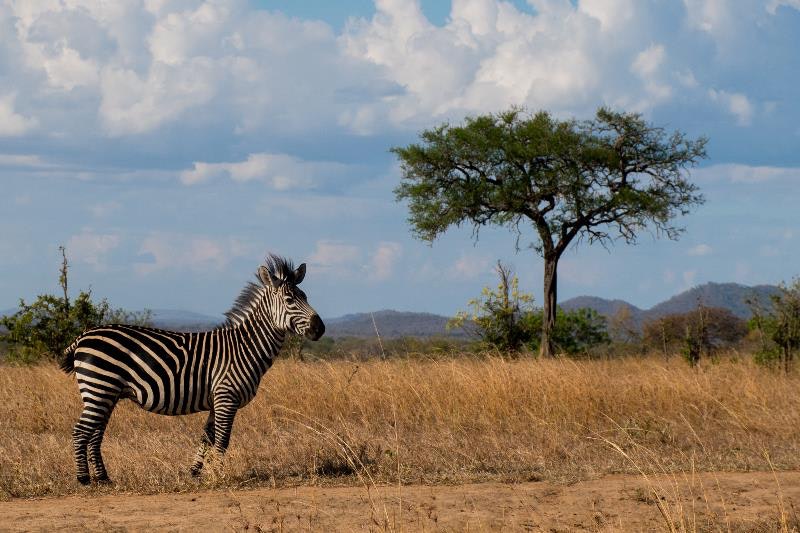
As 2022 draws to a close, Conservation News is revisiting some of our most significant stories of the year.
At a time when nature is under siege — demanding more ambitious action — Conservation International’s scientists, and experts in policy and fieldwork helped accelerate conservation efforts around the globe.
Here we explore groundbreaking science on pandemic prevention, critical global biodiversity negotiations, insights into some of nature’s smallest and most vital species — and more.
COP15 reaches ambitious plan for nature, now countries must accelerate action
In a powerful commitment to nature, nearly 200 countries signed a sweeping agreement to protect a third of Earth’s land and oceans by 2030. The pact reached at the United Nations biodiversity summit in Montreal comes at a critical time: More than 1 million species are at risk of extinction, jeopardizing the life support systems that underpin human well-being and defend against climate catastrophe. So, what’s next? Conservation News sat down with Jill Hepp, Conservation International’s senior director of international policy, to discuss what it means for biodiversity, how it will be funded and what sets this agreement apart.
Read more here.
Protecting nature to prevent pandemics costs just 1% of fighting them
Preventing the next pandemic will require funding. But that investment pales in comparison to the cost of future pandemics, estimated at a staggering $2 trillion a year. Just a small fraction of that amount spent on stopping deforestation, restricting the global wildlife trade and promoting community health could significantly reduce the risk of another pandemic, according to a study co-authored by a group of epidemiologists, economists and conservation biologists — including Conservation International scientists.
Read more here.
Study: More than a fifth of reptile species face extinction
A study, co-led by Conservation International, put Earth’s burgeoning biodiversity crisis into stark perspective. In the most comprehensive review yet of the risks facing reptiles, researchers found that more than one-fifth of all these species — from turtles to snakes, lizards and crocodiles — are threatened with extinction. We spoke to Conservation International scientist Neil Cox, who co-led the study, about the implications of this rapid decline and what targeted efforts will be needed to protect the most vulnerable species.
Read more here.
Prioritizing protected areas as a tool to stop widespread extinctions
Using images from more than 8,000 motion activated cameras — known as “camera traps” — in wildlife habitats across 23 countries, a study found that mammal diversity within protected areas is 66 percent greater than in non-protected areas. The study provides evidence that protected areas are one of the “final strongholds” for many endangered mammals, said Conservation International scientist and study co-author Jorge Ahumada.
Read more here.
In the Amazon, insects pay the price for the gold mining
Gold mining has skyrocketed in the Amazon basin in recent years — and it’s come at the cost of forests, accounting for as much as 90 percent of deforestation in some areas. As these forests disappear, so do the habitats they provide for some of the smallest — and most vital — species: insects. According to a recent study co-authored by Conservation International, the increase in gold mining across the Amazon is hurting many insect populations, from butterflies to wasps. The result: A deterioration of the “unseen backbone” of healthy forest ecosystems.
Read more here.
Notes from the field: Protecting an African oasis
The Cubango-Okavango River Basin, an oasis in the heart of the Kalahari Desert, floods seasonally — its waters sustain communities and wildlife through Angola, Botswana and Namibia. Conservation International freshwater scientist Derek Vollmer, who has spent years studying the basin, described how a tool known as the Freshwater Health Index is helping governments, communities and businesses better analyze the benefits and risks of human activities in the basin — such as developing dams or increasing agriculture — before making big water-related decisions.
Read more here.
Max Marcovitch is a staff writer at Conservation International. Want to read more stories like this? Sign up for email updates. Also, please consider supporting our critical work.
If you’d like to read the original source of this article please click here Visit Source
